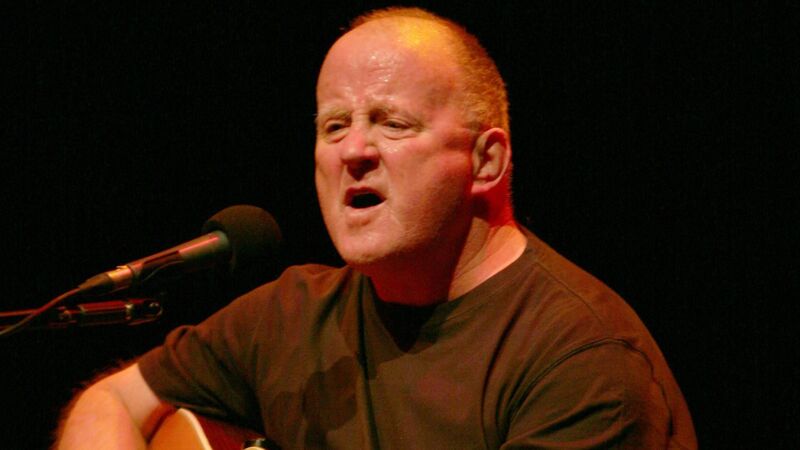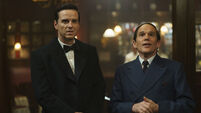Tom Dunne: Why John O'Dreams by Christy Moore ranks among the great cover versions

Christy Moore got John O'Dreams from English folk singer Bill Caddick, and the song was originally based on a melody by Tchaikovsky. (Photo by Roberta Parkin/Redferns)
What makes a great cover version? We all know one when we hear it: Johnny Cash’s ‘Hurt’, Sinead’s ‘Nothing Compares 2 U’, Jeff Buckley’s Hallelujah, etc. But what makes it great? What do they find, in the song, in themselves, that elevates it? What is the voodoo at play?
What did Jimi Hendrick bring to the table in ‘All Along the Watch Tower’ that makes you somehow forget that it’s a Dylan song? How did Kirsty McColl turn Billy Bragg’s New England into a timeless pop song? Why was Tainted Love just the perfect song for Soft Cell, and they the perfect band for it?





